Operating a side loader efficiently and safely is paramount for businesses that rely on semi-trailers for transporting goods. At CarMax Vehicle, we understand the intricacies involved in managing side loaders, and we are committed to providing you with the most detailed and actionable insights to enhance your operational efficiency. This guide delves into every aspect of operating a side loader, from basic operations to advanced techniques, ensuring you have all the knowledge needed to optimize your logistics operations.
Understanding Side Loaders: An Overview
What is a Side Loader?
A side loader is a specialized type of semi-trailer designed to load and unload cargo from the sides, rather than the rear. This configuration allows for more versatile loading options, especially in tight spaces where a conventional rear loader might be impractical.
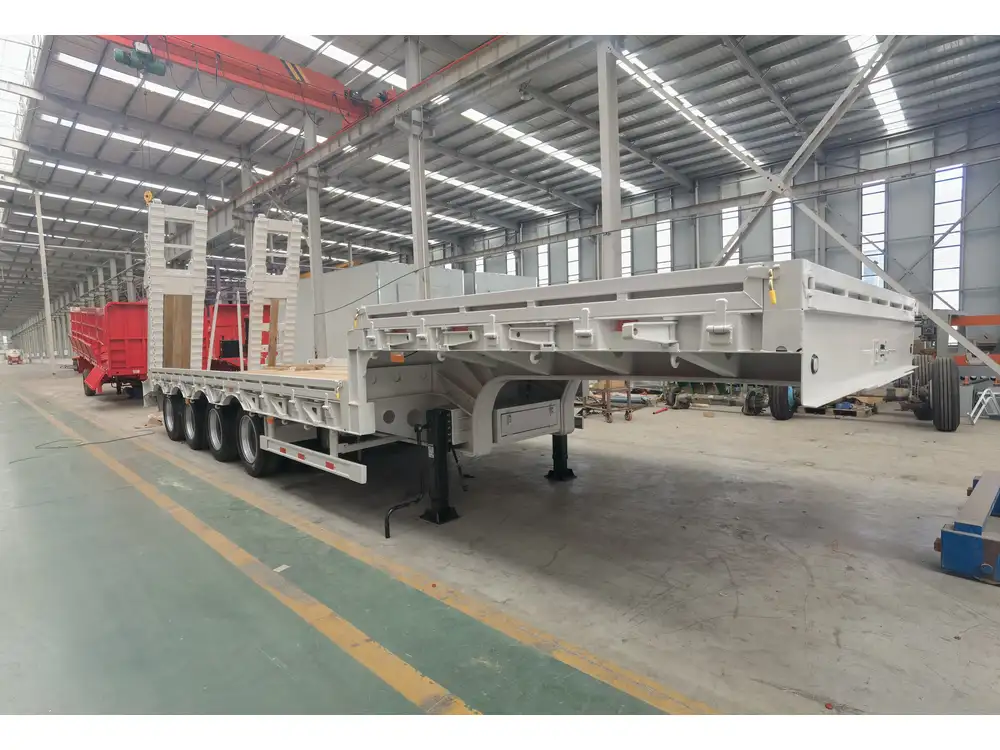
Key Components of a Side Loader
| Component | Description |
|---|---|
| Hydraulic System | Powers the side loading mechanism, enabling smooth lifting and lowering. |
| Loading Arms | Extendable arms that facilitate the loading and unloading of cargo. |
| Flooring | Reinforced surfaces designed to bear heavy loads securely. |
| Control System | User interface for operating the loader, often with ergonomic controls. |
| Safety Mechanisms | Includes features like emergency stops and load sensors to ensure safety. |
Step-by-Step Guide to Operating a Side Loader
1. Pre-Operation Checklist
Before operating the side loader, conducting a thorough pre-operation checklist is essential to ensure safety and functionality.
- Inspect Hydraulic Systems: Check for any leaks or damage.
- Examine Loading Arms: Ensure they are free from obstructions and securely attached.
- Verify Control Systems: Test buttons, switches, and displays for proper operation.
- Assess Flooring Condition: Look for any wear and tear that might compromise load integrity.
- Safety Equipment: Confirm that all safety devices are functional, including alarms and emergency stops.
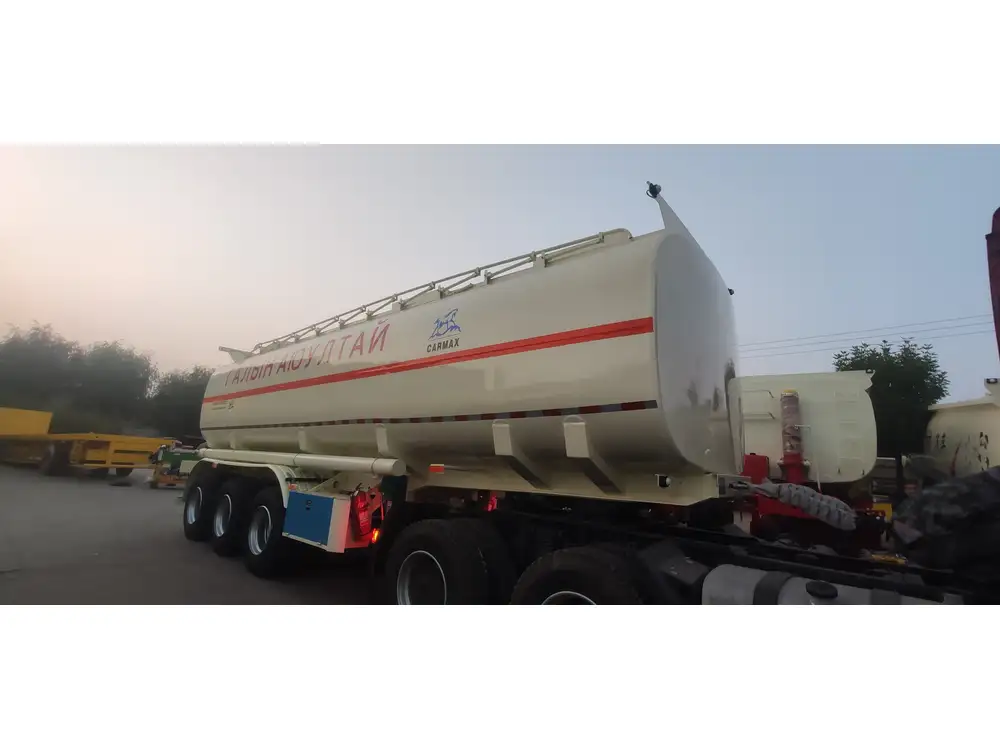
2. Setting Up the Side Loader
Proper setup is crucial for efficient operation.
- Position the Trailer: Align the semi-trailer centrally in the loading bay.
- Lock Wheels: Ensure the trailer is stationary by engaging parking brakes.
- Deploy Loading Arms: Extend the loading arms to their operational positions.
- Connect Power Source: If required, connect the trailer to an external power source to operate the hydraulic systems.
3. Loading Cargo
Efficient loading minimizes time and maximizes safety.
- Align Cargo: Position the cargo directly in front of the loading arms.
- Engage Load Sensors: Ensure the system recognizes the weight and size of the cargo.
- Activate Hydraulic System: Use the control panel to lift and position the cargo onto the trailer.
- Secure the Load: Utilize tie-downs and locking mechanisms to ensure the cargo remains stable during transit.
4. Operating the Loader Mechanism
Mastering the loader mechanism is essential for smooth operations.
- Lift Operation: Gradually lift the cargo using the hydraulic controls, maintaining steady movement to prevent swinging.
- Swing Mechanism: Rotate the loading arms to position the cargo accurately.
- Lowering Cargo: Carefully lower the cargo into place, ensuring alignment and stability.
- Retract Loading Arms: After securing the load, retract the loading arms to their storage positions.
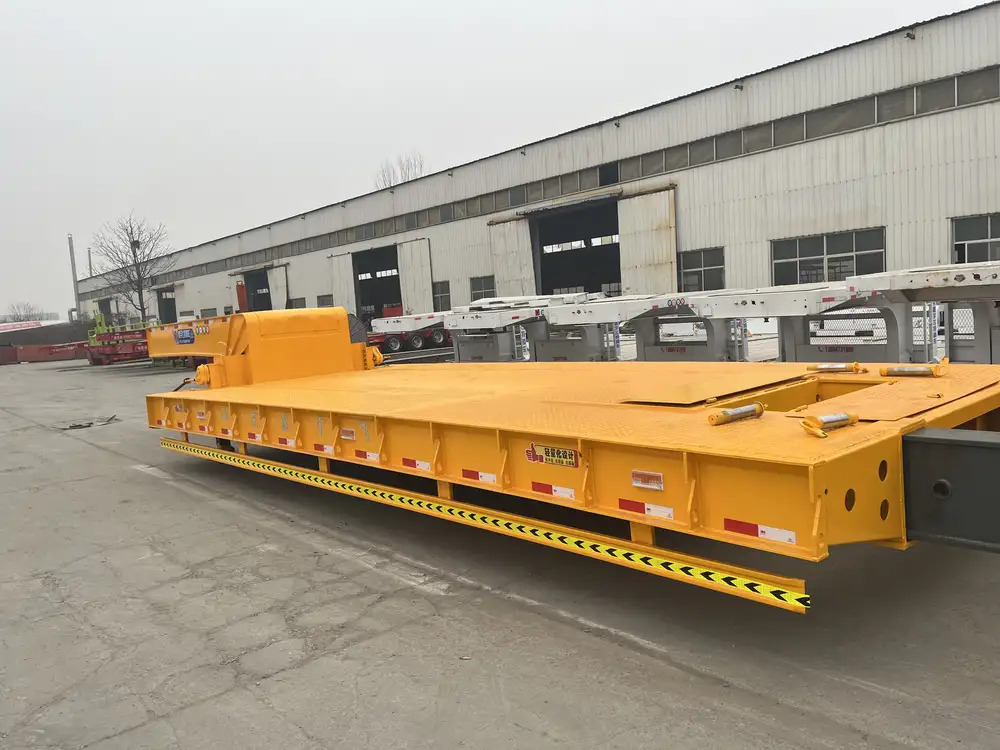
5. Unloading Cargo
Unloading follows a similar procedure to loading, with attention to reversing steps safely.
- Prepare the Trailer: Ensure the trailer is positioned for unloading with adequate space.
- Engage Hydraulic System: Activate the loader to lift the cargo.
- Swing Out Loading Arms: Position the arms to facilitate smooth unloading.
- Lower Cargo: Carefully place the cargo onto the receiving platform or designated area.
- Secure the Area: Ensure the unloading zone is clear and secure before moving the trailer.
Essential Safety Practices
Safety is non-negotiable when operating side loaders. Adhering to the following practices can prevent accidents and ensure a secure working environment.
Personal Protective Equipment (PPE)
- Helmets: Protect against head injuries.
- Gloves: Provide hand protection and improve grip.
- Steel-Toed Boots: Shield feet from heavy objects.
- High-Visibility Vests: Ensure operators are visible to others in the loading area.
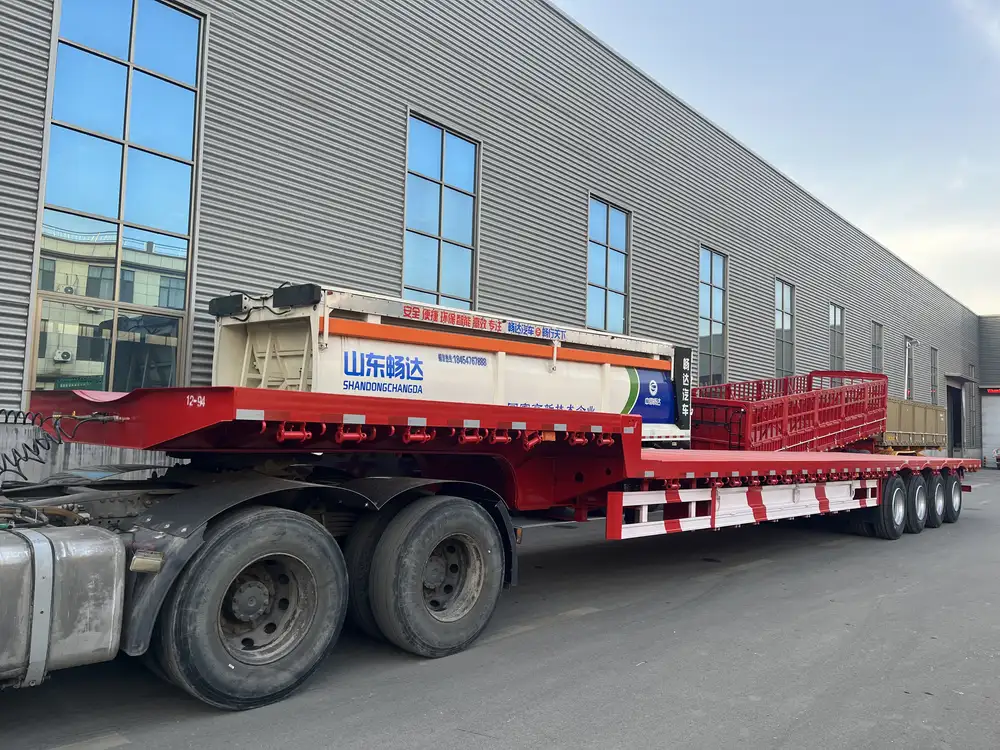
Operational Safety Measures
- Load Limits: Always operate within the specified load capacity of the side loader.
- Routine Maintenance: Schedule regular inspections and maintenance to identify and rectify potential issues.
- Training Programs: Ensure all operators are thoroughly trained in using the side loader.
- Emergency Procedures: Establish and communicate clear procedures for handling accidents or malfunctions.
Maintenance Tips for Longevity and Efficiency
Proper maintenance extends the lifespan of your side loader and ensures optimal performance.
Daily Maintenance Tasks
- Visual Inspection: Check for any visible damage or wear.
- Lubricate Moving Parts: Apply appropriate lubricants to hinges, joints, and other moving components.
- Clean Components: Remove dirt, debris, and residue from the loading arms and control systems.

Weekly and Monthly Maintenance
- Hydraulic System Checks: Inspect hoses, seals, and connections for leaks or damage.
- Electrical System Testing: Verify the functionality of control panels and electrical connections.
- Structural Integrity: Assess the frame and flooring for any signs of stress or deformation.
Record-Keeping
Maintain detailed logs of all maintenance activities, including dates, tasks performed, and any issues identified. This practice aids in tracking the performance and addressing recurring problems proactively.
Advantages of CarMax Trailer Side Loaders
Choosing CarMax Trailer side loaders brings numerous benefits that set us apart in the industry.

Superior Build Quality
Our side loaders are engineered with high-grade materials, ensuring durability and reliability under demanding conditions.
Advanced Hydraulic Systems
CarMax Trailer’s side loaders feature state-of-the-art hydraulic systems that provide smooth and precise control, enhancing operational efficiency.
User-Friendly Controls
Designed with the operator in mind, our control systems are intuitive, reducing the learning curve and minimizing the risk of errors.
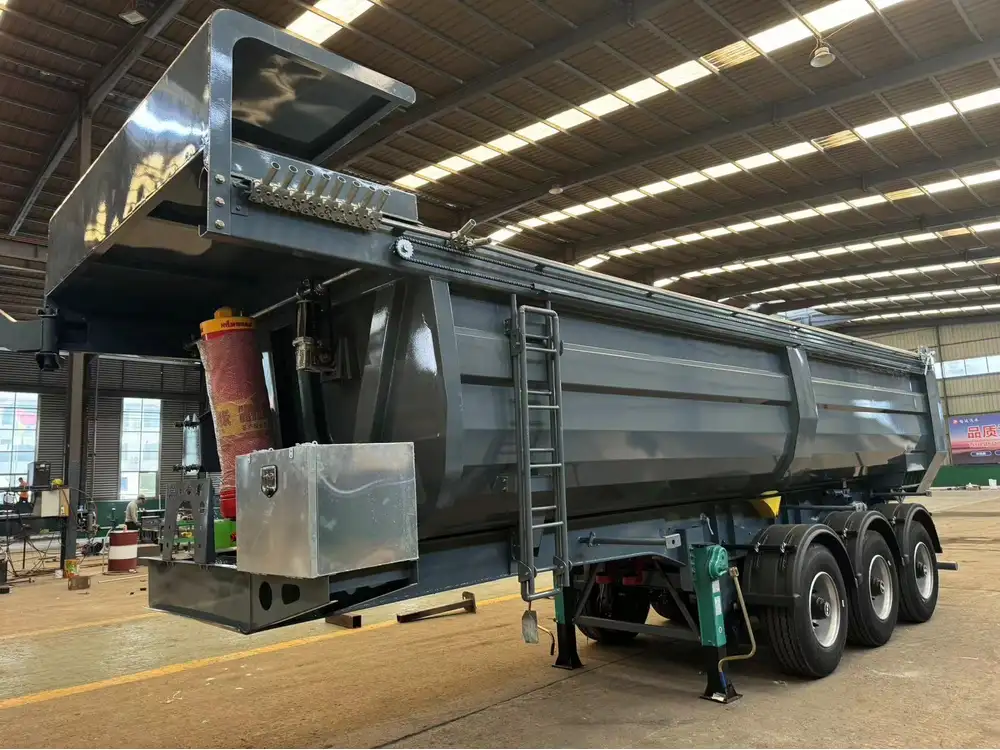
Customizable Configurations
We offer a range of customizable options to tailor the side loader to your specific needs, whether it’s for heavy-duty applications or specialized cargo requirements.
Comprehensive Support
CarMax Vehicle provides extensive customer support, including training, maintenance services, and readily available spare parts to ensure uninterrupted operations.
Comparing Side Loaders with Other Loader Types
Understanding the differences between side loaders and other loader types can help you make informed decisions about your fleet composition.
| Feature | Side Loader | Rear Loader | Top Loader |
|---|---|---|---|
| Loading Direction | Sides of the trailer | Rear of the trailer | Top of the trailer |
| Space Requirements | Ideal for tight spaces | Requires more rear clearance | Suitable for overhead loading scenarios |
| Versatility | High versatility with multiple loading points | Limited to rear loading | Specialized for certain types of cargo |
| Operational Efficiency | Enhanced efficiency in urban settings | Efficient for standard bulk loading | Efficient for specific cargo arrangements |
| Maintenance Complexity | Generally moderate | Varies based on design and usage | Can be complex depending on mechanics |

Optimizing Side Loader Operations for Maximum Efficiency
Maximizing the efficiency of your side loader operations involves strategic planning and continuous improvement.
Streamlining Loading Processes
- Standardize Procedures: Develop and implement standardized loading and unloading procedures to reduce variability and increase predictability.
- Optimize Layout: Arrange the loading area to facilitate smooth movement and reduce bottlenecks.
- Automate Where Possible: Incorporate automation technologies to handle repetitive tasks, freeing up operators for more critical activities.
Enhancing Operator Skills
- Comprehensive Training Programs: Invest in regular training sessions to keep operators updated on best practices and new technologies.
- Performance Monitoring: Use performance metrics to identify areas where operators can improve efficiency and safety.
- Feedback Mechanisms: Encourage operators to provide feedback on processes and equipment, fostering an environment of continuous improvement.
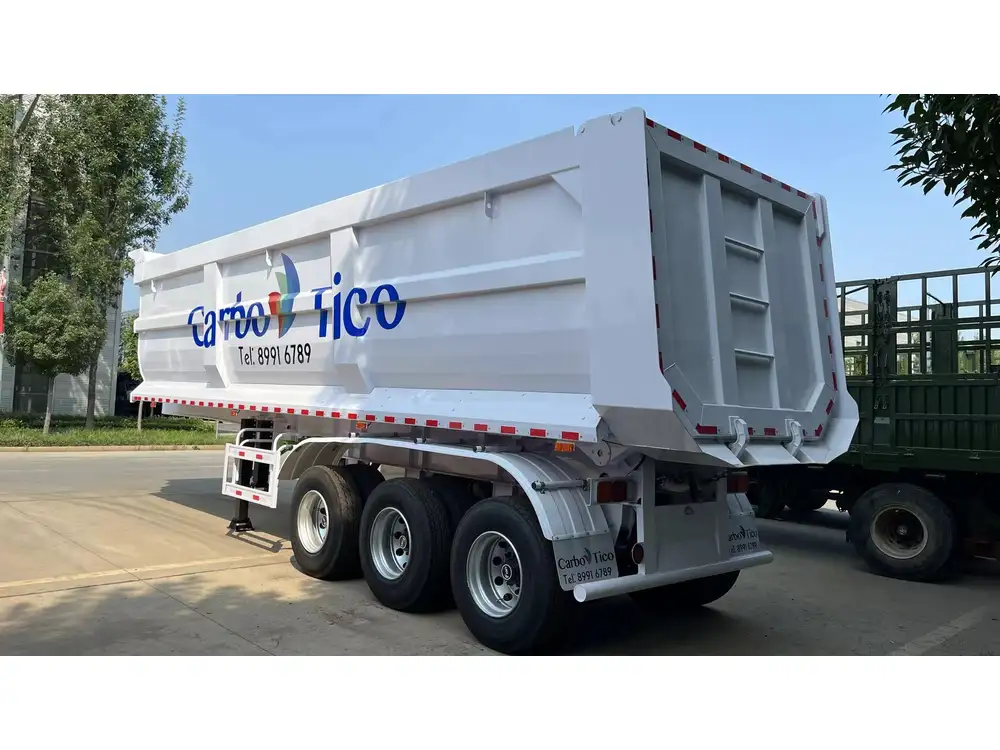
Implementing Technology Solutions
- Telematics Systems: Utilize telematics to monitor loader performance, track usage patterns, and schedule maintenance proactively.
- Real-Time Data Analytics: Leverage data analytics to gain insights into operational efficiencies and identify opportunities for optimization.
- Integrated Management Systems: Incorporate side loader operations into broader fleet management systems for cohesive oversight and control.
Environmental Considerations in Side Loader Operations
Sustainable operations are increasingly important in today’s business landscape. CarMax Vehicle is committed to helping you minimize the environmental impact of your side loader operations.
Energy Efficiency
- Hydraulic Efficiency: Our side loaders are designed to maximize hydraulic efficiency, reducing energy consumption during operations.
- Lightweight Materials: Utilizing lightweight yet durable materials lowers the overall weight of the trailer, improving fuel efficiency.

Emission Reduction
- Eco-Friendly Power Systems: Incorporate electric or hybrid hydraulic systems to decrease reliance on fossil fuels and reduce emissions.
- Regular Maintenance: Keeping hydraulic systems and engines well-maintained ensures optimal performance and minimizes emissions.
Waste Management
- Recycling Programs: Implement recycling programs for components and materials that reach the end of their lifecycle.
- Sustainable Practices: Adopt sustainable practices in the loading and unloading processes to reduce waste generation.
Troubleshooting Common Side Loader Issues
Even with meticulous maintenance, issues may arise. Understanding how to troubleshoot common problems can prevent downtime and maintain operational flow.

Hydraulic Failures
Symptoms:
- Slow or unresponsive loader movements
- Leaks around hydraulic lines
Solutions:
- Inspect and replace faulty hydraulic hoses and seals.
- Check hydraulic fluid levels and refill if necessary.
- Replace malfunctioning hydraulic pumps or valves.
Control System Malfunctions
Symptoms:
- Unresponsive or erratic controls
- Error messages on the control panel
Solutions:
- Reset the control system and check connections for loose wires.
- Update software or firmware if applicable.
- Replace damaged control modules or components.
Structural Damage
Symptoms:
- Visible cracks or deformations in the trailer frame
- Unstable or uneven loading surfaces
Solutions:
- Conduct a thorough inspection to assess the extent of damage.
- Reinforce or repair damaged structural components.
- Replace severely damaged parts to ensure trailer integrity.
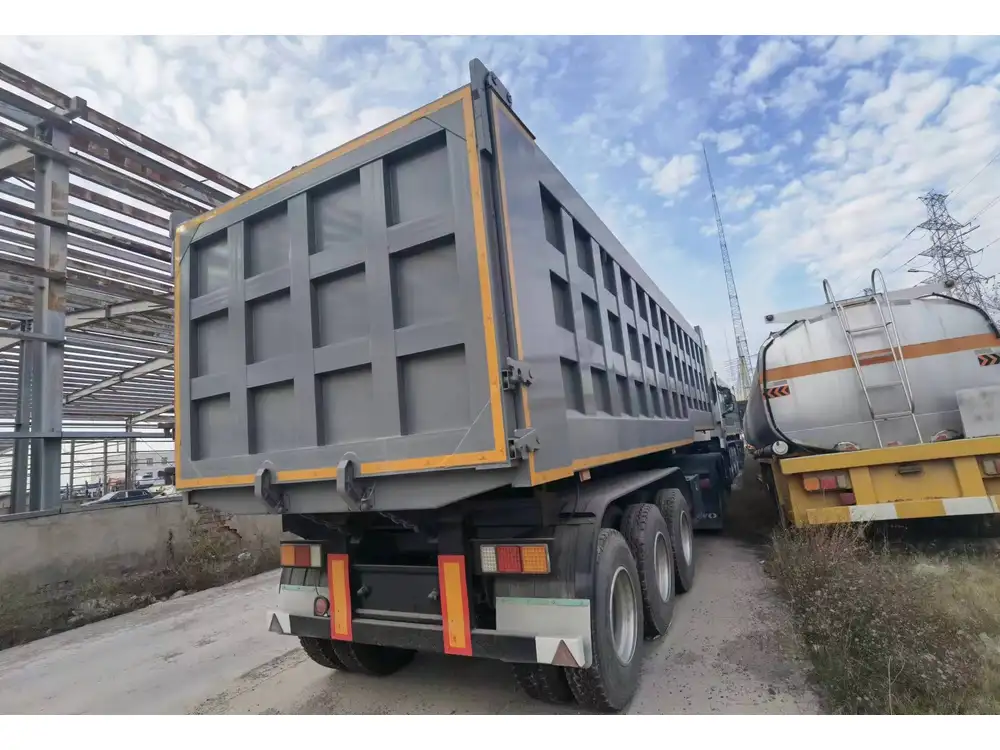
Loading Arm Issues
Symptoms:
- Difficulty extending or retracting loading arms
- Unbalanced movement of loading arms
Solutions:
- Lubricate moving parts to ensure smooth operation.
- Inspect and repair hydraulic systems connected to the loading arms.
- Replace worn or damaged components of the loading arms.
The Future of Side Loaders: Innovations and Trends
The side loader technology is continuously evolving, bringing forward innovations that enhance functionality and efficiency.
Automation and Robotics
The integration of automation and robotics in side loaders allows for precise and efficient loading operations, reducing the need for manual intervention and minimizing human error.

Smart Sensors and IoT
Incorporating smart sensors and Internet of Things (IoT) technologies enables real-time monitoring of loader performance, predictive maintenance, and enhanced operational insights.
Sustainable Materials and Design
Advancements in materials science are leading to the development of more sustainable and lightweight materials, improving both the environmental footprint and the performance of side loaders.
Enhanced Safety Features
Modern side loaders are equipped with advanced safety features such as collision avoidance systems, enhanced load stability controls, and improved ergonomic designs to protect operators and improve overall safety.

Choosing the Right Side Loader for Your Business
Selecting the appropriate side loader is critical to meeting your specific operational needs. CarMax Vehicle offers a range of side loaders tailored to different requirements.
Assessing Your Needs
- Load Capacity: Determine the maximum weight your operations require.
- Cargo Type: Consider the nature and dimensions of the cargo you handle.
- Operational Environment: Evaluate the loading areas and space constraints you typically encounter.
- Frequency of Use: Assess how often the side loader will be in operation to choose a model with appropriate durability and maintenance requirements.
Evaluating Features
- Hydraulic Efficiency: Look for loaders with energy-efficient hydraulic systems.
- Control Interfaces: Choose intuitive and ergonomic control systems for ease of use.
- Customization Options: Ensure the loader can be customized to fit your specific operational workflows.
- Support and Maintenance: Opt for manufacturers like CarMax Trailer that offer comprehensive support and maintenance services.
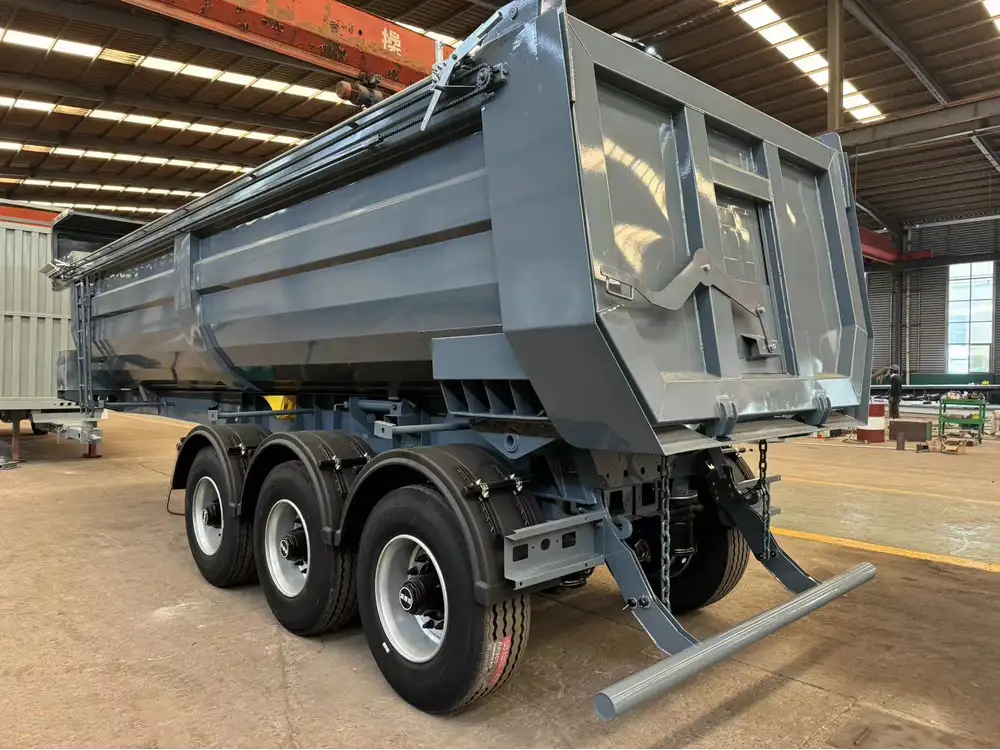
Cost-Benefit Analysis
Conduct a thorough cost-benefit analysis to ensure that the investment in a side loader aligns with your business goals and offers a favorable return on investment through increased efficiency and reduced operational costs.
Conclusion
Operating a side loader effectively requires a blend of knowledge, skill, and the right equipment. At CarMax Vehicle, we are dedicated to equipping you with the tools and insights needed to master side loader operations. By following the comprehensive guidelines outlined in this article, you can enhance your operational efficiency, ensure safety, and drive your business forward with confidence.
Frequently Asked Questions

1. What are the primary safety precautions when operating a side loader?
Answer: Key safety precautions include wearing appropriate personal protective equipment (PPE), adhering to load limits, performing regular maintenance, undergoing comprehensive training, and following established emergency procedures.
2. How often should I perform maintenance on my side loader?
Answer: It’s recommended to perform daily inspections before operation, weekly maintenance tasks such as hydraulic and electrical system checks, and more thorough monthly maintenance to ensure all components are functioning optimally.
3. Can side loaders be customized for specific types of cargo?
Answer: Yes, side loaders can be customized with various configurations, loading arms, and other features to accommodate different types of cargo, enhancing versatility and operational efficiency.
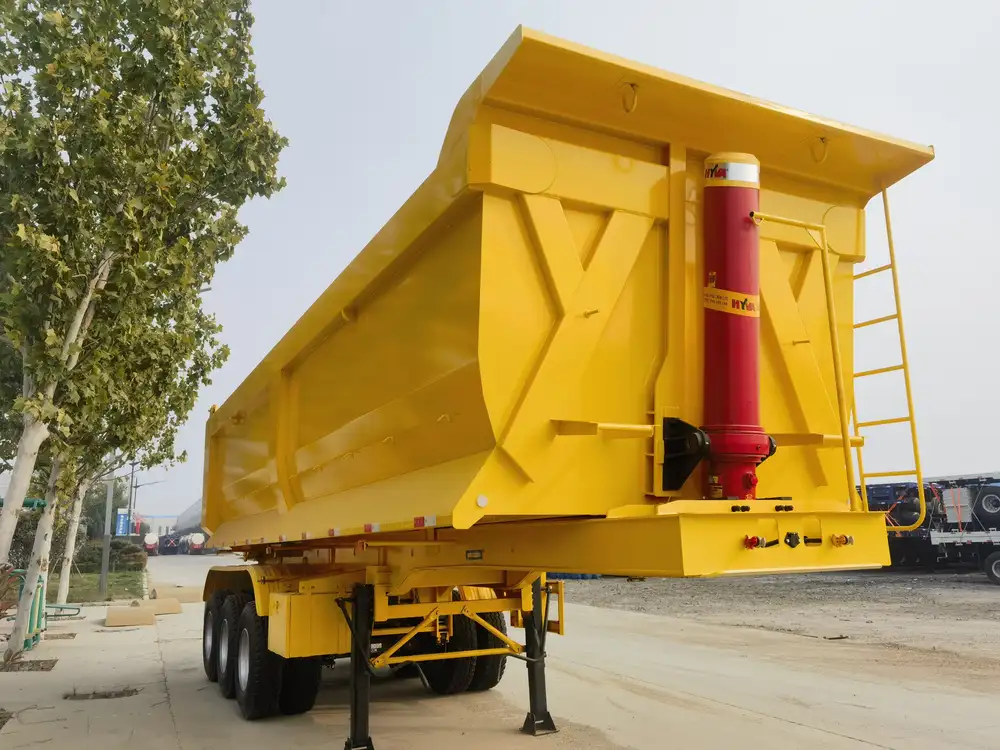
4. What are the key differences between side loaders and rear loaders?
Answer: Side loaders load and unload cargo from the sides of the trailer, making them ideal for tight spaces, whereas rear loaders utilize the back of the trailer for loading, which requires more clearance. Side loaders also offer greater versatility in loading options.
5. How can I minimize the environmental impact of my side loader operations?
Answer: To minimize environmental impact, focus on energy-efficient hydraulic systems, use lightweight materials, implement regular maintenance to ensure optimal performance, and adopt sustainable waste management practices.



